Photographing animals in the wild can be a challenge, especially the big 5, which includes lions, elephants, rhinos, buffaloes and leopards. First, you have to go out in the bush and find the animals. And let’s face it—the bush is hostile and dangerous territory. But it’s the setting you want for authentic wildlife photography. Once you track down the animal to photograph, then you have to get positioned to get the shot. That’s why it’s important to find the right guide.
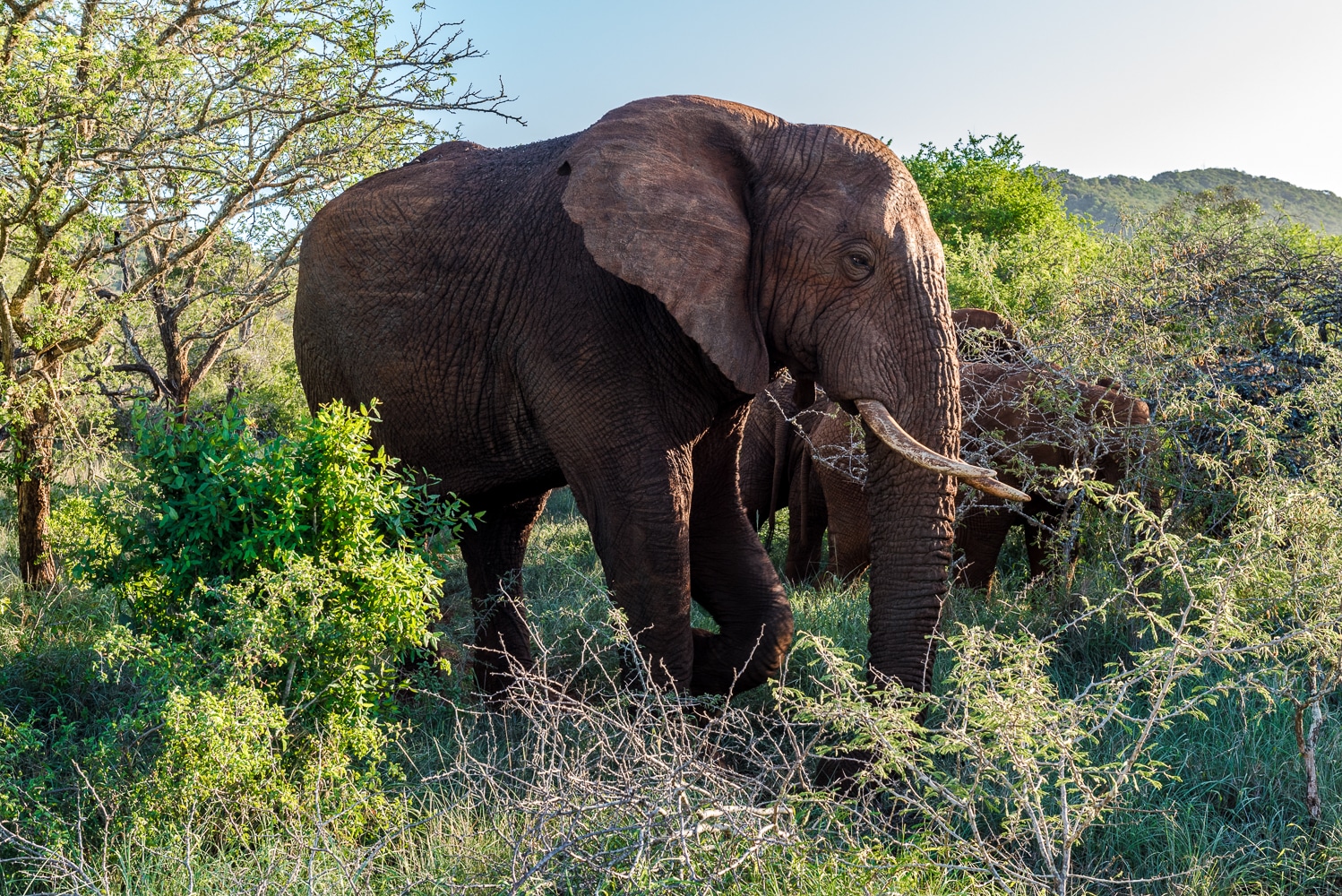
What is Glamping?
Glamping, or glamorous camping is best described as luxury camping where the stunning sights of nature are married with modern luxury. We decided to give it a try and booked a 2-night, 3-day Safari at the Thanda Private Game Reserve in South Africa. A member of Leading Hotels of the World, the breathtakingly beautiful resort is built on lands leased from the Zulus. But Thanda is not just a typical resort plunked down in a great location. The resort’s Swedish owners, Christin and Dan Olofsson, are committed both to the Zulu culture and to the conservation of the environment.
To get to Thanda we boarded a private coach in Durban, South Africa and began the 4-hour drive to the Reserve. Upon arrival at the front gate, we were greeted by Thanda representatives who drove us to the main lodge. There we checked in before heading off to our own private villas.
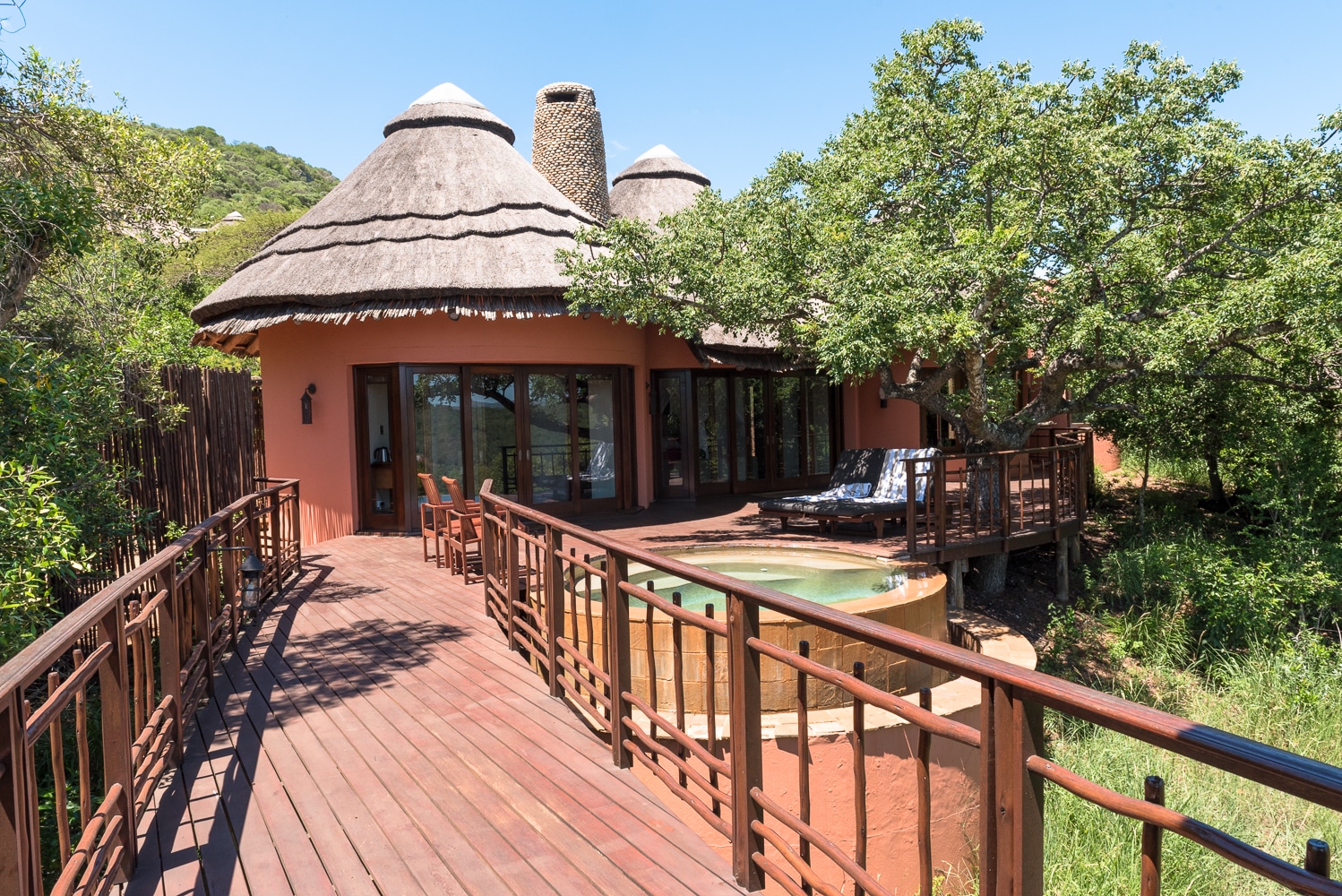
The Thanda villas are spectacular affairs. Each is very private, about 1,000 square meters in size and surrounded by lush jungle foliage. Each is equipped with a plunge pool, modern conveniences, a two-sided fireplace and indoor and outdoor showers. Each villa has a private viewing deck where guests can spot elephants and giraffes in the distance, as well as nearby nylas (spiral horned antelopes native to South Africa) and wildebeests.
Safari Photography
After settling in, we headed out for the first of four open jeep game drives. Each jeep could carry up to 9 passengers, a spotter on a jump seat, and a guide who also served as the driver. A typical foray out into the bush lasted about 3 hours. The timing of the game drives is key for photographers. The drives coincided with the best light for photography, which also happens to be the best time for seeing the animals. The morning drives began at 5:00 AM and the afternoon drives at 4:30 PM which allowing us to photograph in the soft light of the early morning and late afternoon hours.

But while we had the advantage photographing during the golden hours, the heat was an indirect problem. The animals tended to head into the shady areas to shield themselves from the oppressive heat. But there were not a lot of shady areas. So while the animals could be spotted in a relatively few shady areas, they were surrounded by brightly lit sunny areas. That made for a lot of contrast and difficult exposure choices. The challenge was getting the exposure right when, for instance, photographing a lion only 15 yards away shaded by trees or tall grass, but with the surrounding area exposed to the bright African sun.
Clearly compromise exposure settings were needed to avoid either leaving the subject animal bathed in darkness or the surrounding areas over exposed and blown out. Focusing exclusively on the animal was one possibility, but the problem here is that the photo doesn’t capture the context of the animal in the wilderness. Capturing authentic context is one reason you’re on a photo Safari instead of at the zoo.
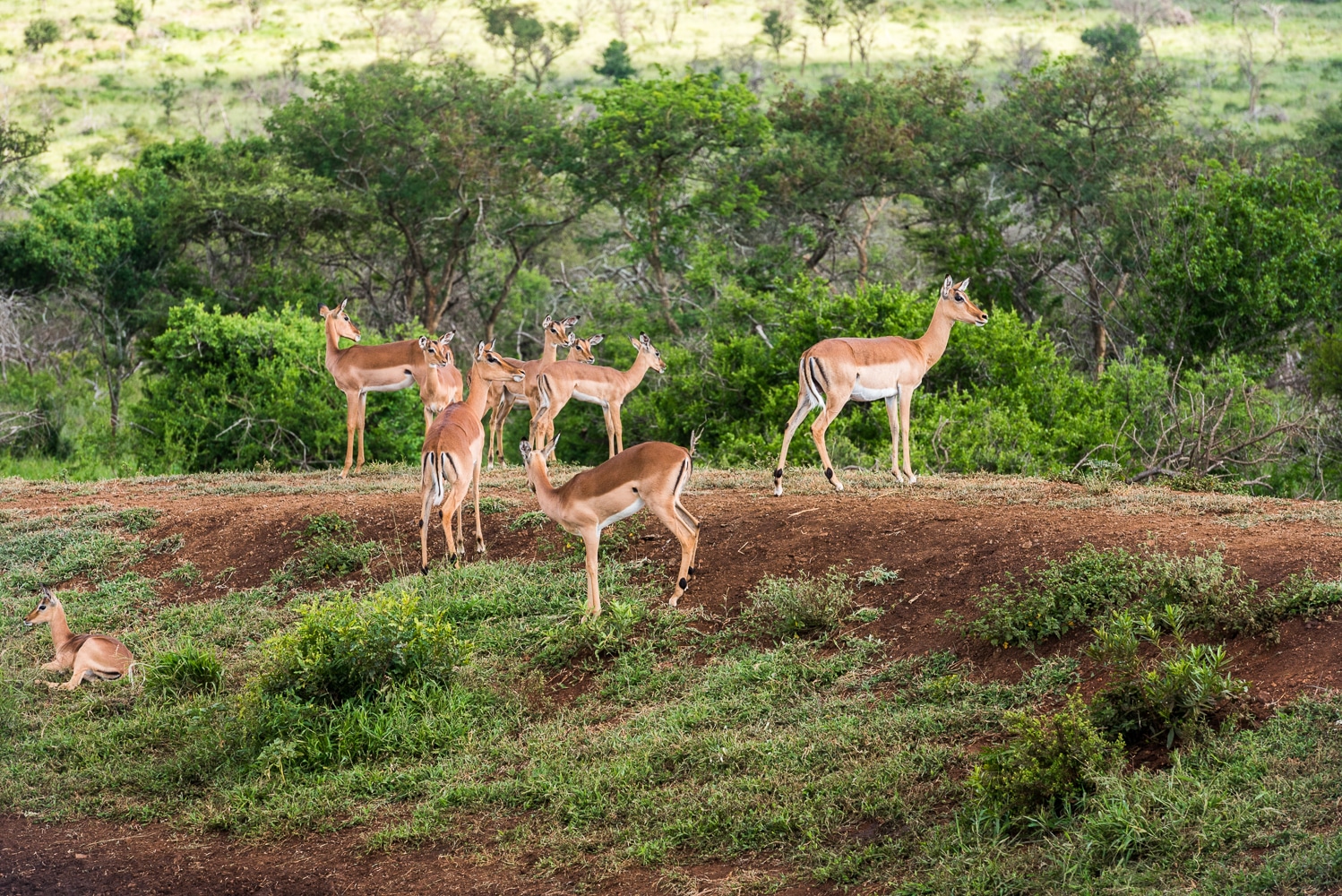
Not surprisingly, I found one of the better solutions to be experimentation. Bracketing the shots and then making adjustments to specific areas of the photos in post-production using Lightroom and Photoshop can solve a lot of problems. It should go without saying that it is important to decide where the photo’s emphasis will lie before pushing the shutter button. If you are going to focus in on the animal, you don’t have to worry so much about overexposing the background because there won’t be much background and the animal will dominate the frame. Then again, you may want to focus on the animal, but not to the exclusion of the background. In that case a good approach is to open the aperture wide to blur the background while using a very fast shutter speed.
On the other hand, if you are going to emphasize the context by letting in a lot of background, you might want to set the exposure for the lighter areas. The shady areas are likely to be a bit under-exposed, but later you can lighten up those areas in post-production. Experimentation is the key; bracketing the shots will help to find the best trade-off.
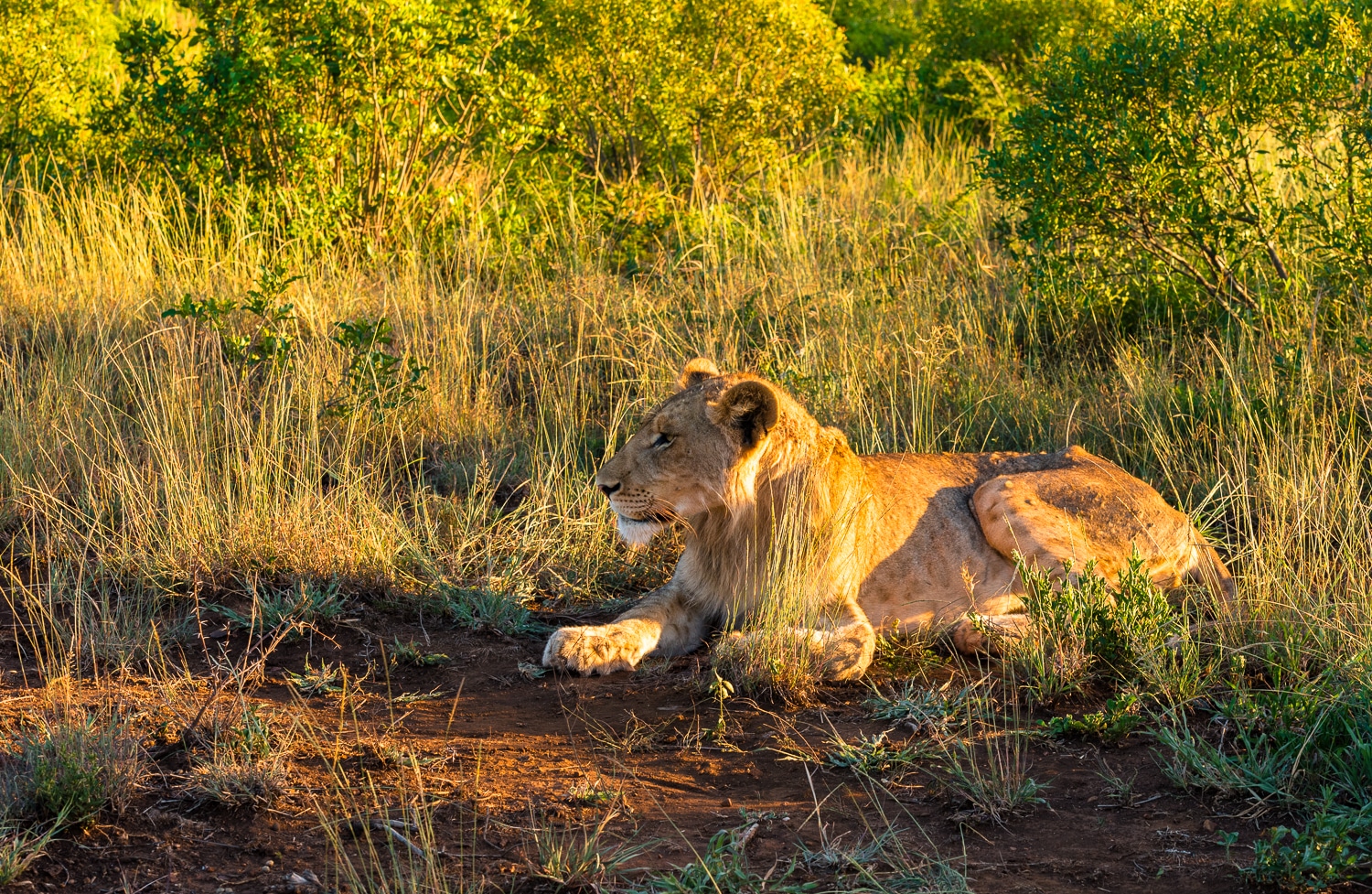
Another factor to consider ahead of time is what animals you are tracking and what lens (or lenses) you want to use to photograph them. A zoom lens is a fine choice for lions, cheetahs, zebras and rhinos. I used a Nikon 70 – 200mm f2.8 zoom lens and wound up with plenty of photos where the lens focal length fell between 150mm and 200mm. But for other animals like elephants and giraffes you might want to think about a wide-angle lens, especially if you are going to get up close. These animals are so large that you can often capture them better with a wide angle shot, especially if you are shooting a herd. The same goes for landscape shots taken in the bush at dusk and during the early morning hours. A wide-angle lens can capture the panorama quite effectively. I used a Nikon 18 – 35mm f2.8 zoom and was pleased with the results.
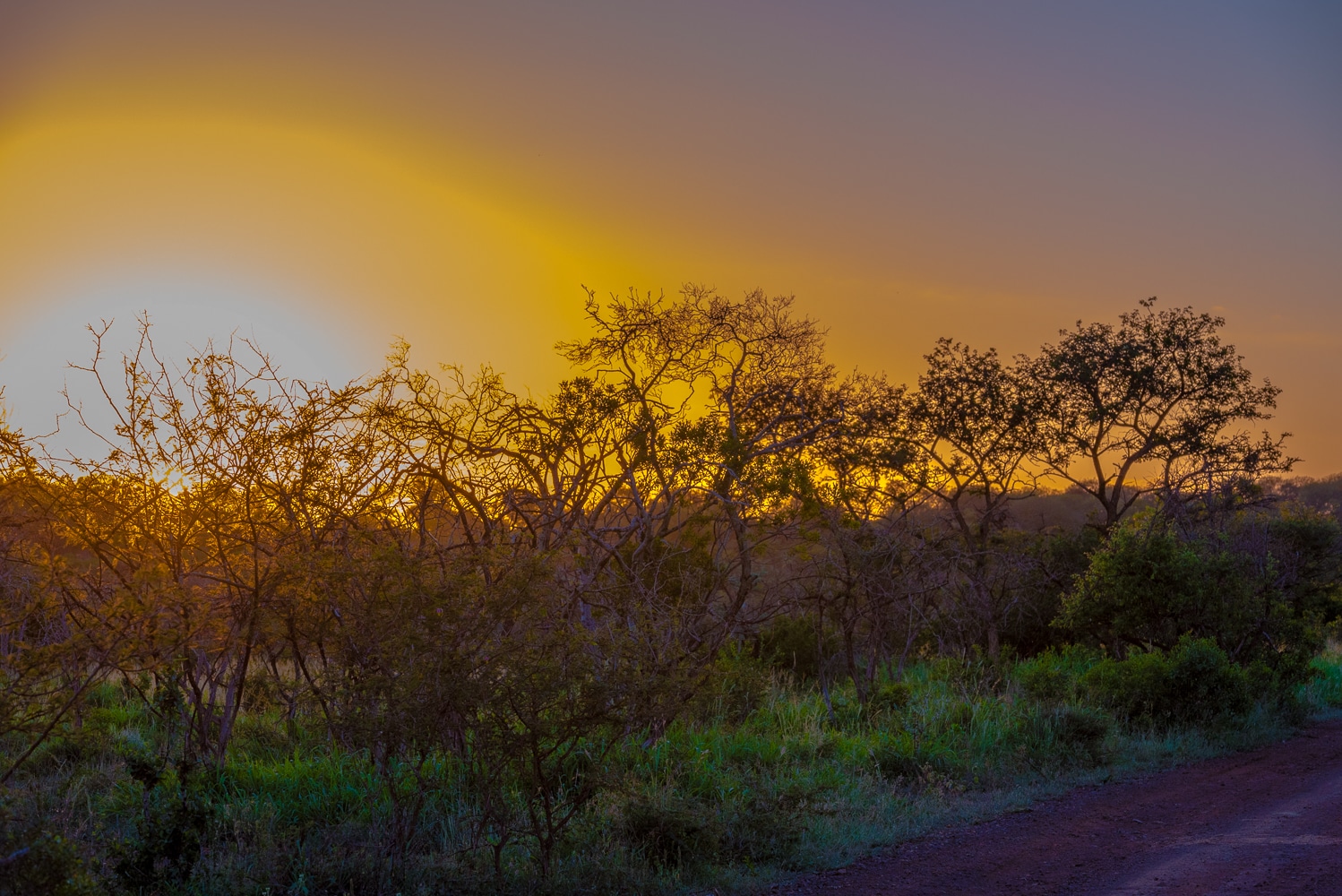
An important factor to consider is the type of game reserve to use for a trip like this. The temptation is to think they are all the same and go for the least expensive. But keep in mind that the goal is to get some good wildlife shots in a natural setting. That probably argues for a medium sized private reserve with good guides and trackers. Go to a very large game reserve and you might spend hours tracking a single lion. While that may be satisfying to some, it doesn’t provide a lot of opportunities for wildlife photography. A smaller reserve is likely to produce more animal sightings and therefore more opportunities for photographing lions, elephants, rhinos and giraffes, for example.
In the end, a Safari Glamping expedition for wildlife photography can be a very satisfying adventure, especially for those photographers who are pressed for time. It certainly worked for us.
Joe Benning
Joe Benning specializes in travel, nature and urban photography. His website, Evocative Photos, at www.evocativephotos.com also has a link to his Travel and Photo Blog which is at www.joebenningphotography.com.

I would really like to go there and shoot like you. The way you describe Thanda Private Game Reserve in South Africa and their environment makes me curious to go there and shoot.Thanks for the wonderful glimpse.